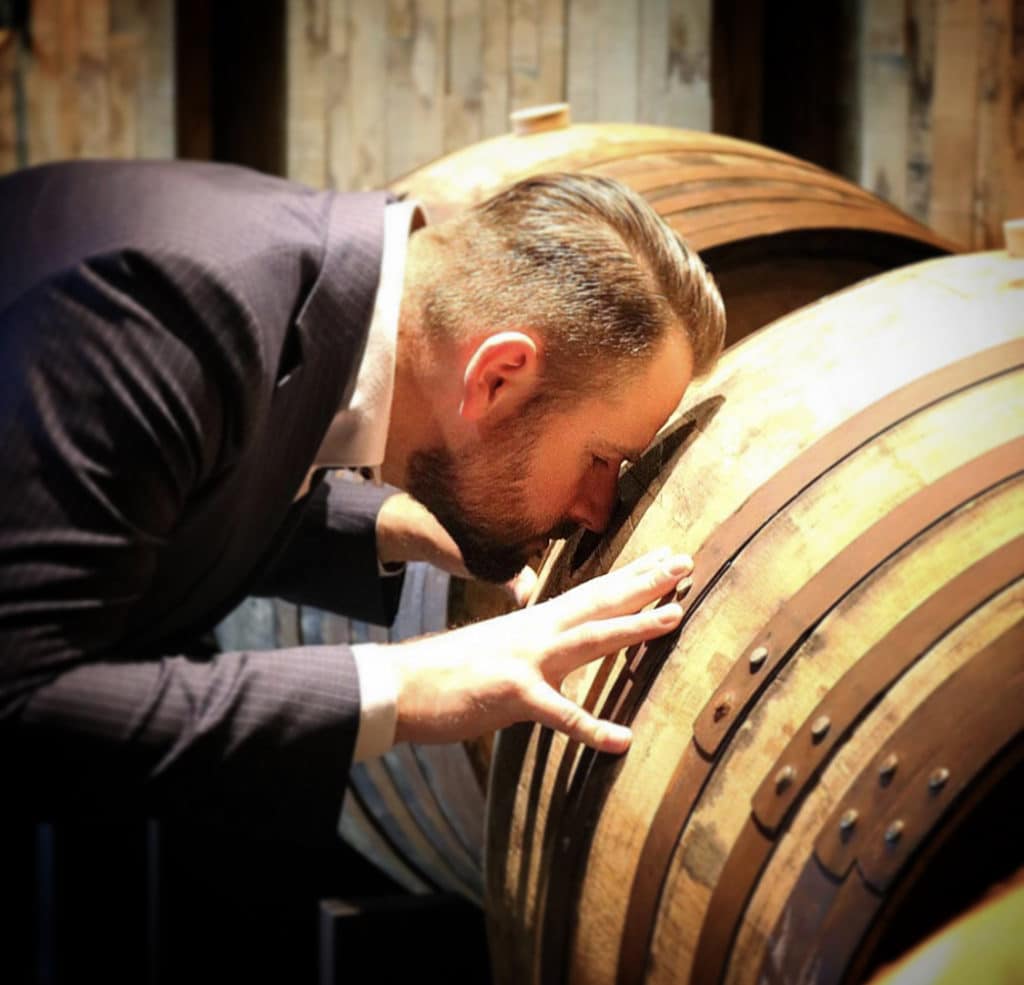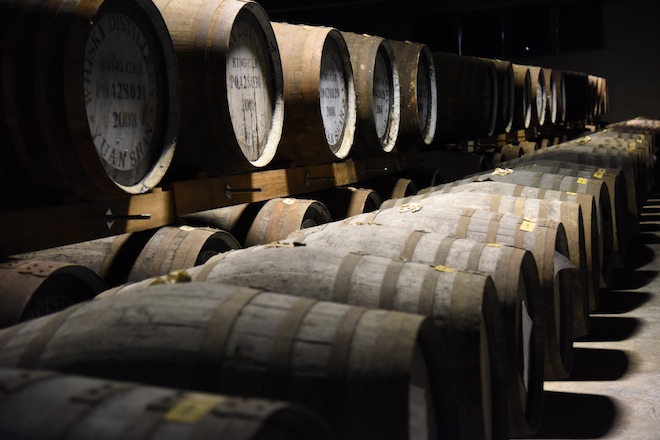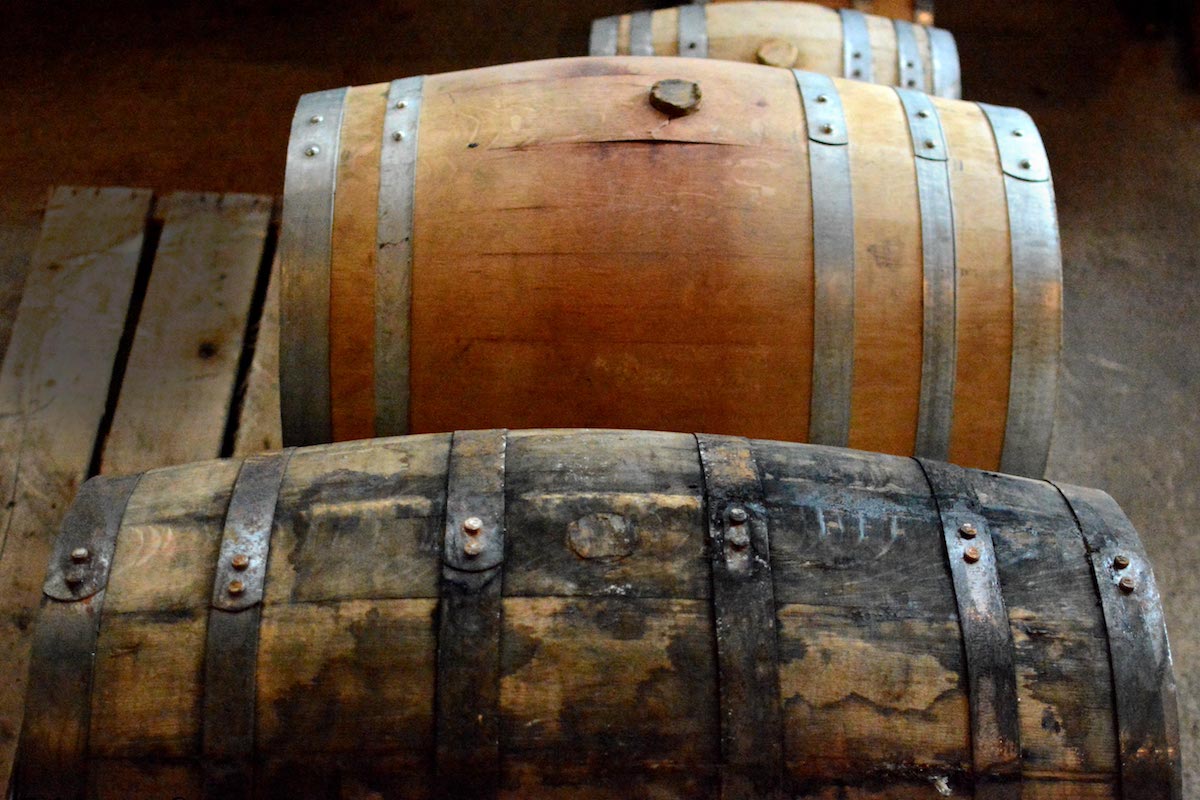Whiskey aficionados often find themselves pondering over a curious question during their contemplative moments: how much whiskey truly resides within the confines of a single barrel? This seemingly simple inquiry opens the door to a world of complexity and intrigue, where factors ranging from barrel size to aging process play a pivotal role in determining the answer. In this comprehensive exploration, we embark on a journey to demystify the enigma surrounding the volume of whiskey contained within a barrel.
What is Whiskey?
Before delving into the intricacies of whiskey production, it’s essential to grasp the fundamental essence of this revered spirit. Whiskey is a distilled alcoholic beverage made from fermented grain mash. The precise composition of the mash, along with the distillation and aging processes, contributes to the distinctive flavors and characteristics of different whiskey varieties.
Types of Whiskey
Whiskey encompasses a diverse array of styles and traditions, each with its own unique attributes. Common varieties include:
- Bourbon: A type of American whiskey primarily made from corn and aged in charred oak barrels.
- Scotch: Hailing from Scotland, Scotch whiskey is often characterized by its smoky, peaty flavor profile.
- Rye: Rye whiskey, prevalent in North America, is made primarily from rye grain and offers a spicy, robust taste.
- Irish: Irish whiskey is typically triple-distilled for smoothness and exhibits a mellow, approachable character.
Each type of whiskey adheres to specific production methods and regulations, contributing to its distinct identity and flavor profile.
The Journey of Whiskey Making

The Distillation Process
The journey of whiskey begins with the careful selection and preparation of grains, which are mashed and fermented to create a potent brew known as wash. This wash undergoes distillation, where it is heated to separate alcohol from water and impurities, resulting in a concentrated spirit known as new make spirit.
Aging in Wooden Barrels
One of the most crucial phases in whiskey production is the aging process, during which the new make spirit matures and develops its complex flavors. Wooden barrels, typically made of oak, serve as the vessels for this transformation. The interaction between the spirit and the wood, along with environmental factors, imparts distinct characteristics to the whiskey.
Deciphering the Volume Equation
Factors Influencing Volume
Several factors influence the volume of whiskey retained within a barrel:
- Barrel Size: The capacity of the barrel dictates the maximum volume of whiskey it can hold.
- Type of Wood: Different types of wood, such as American oak or sherry casks, impart varying flavors and affect the volume of whiskey.
- Aging Duration: The length of time the whiskey spends in the barrel influences its evaporation rate and overall volume.
The Angel’s Share
One of the most fascinating phenomena in whiskey aging is the angel’s share – the portion of whiskey lost to evaporation during maturation. This natural process, influenced by factors like temperature and humidity, contributes to the unique character of aged whiskey but also reduces the final volume in the barrel.

Here are the most commonly used barrels in whiskey production along with their respective volumes:
- Drum: 600-650 litres
- Port Pipe: 550-650 litres
- Machine Puncheon: 500 litres
- Butt: 475-500 litres
- Puncheon: 450-500 litres
- Barrique: 250-300 litres
- Hogshead: 225-250 litres
- American Standard Barrel: 190-200 litres
Considering the size of glass bottles typically used for whiskey, which are usually 70cl in the UK and Ireland, the American Standard Barrel would yield approximately 286 bottles of whiskey.
How Aging Influences Whiskey Volume in a Barrel?

Maturation is a critical phase in whiskey production, profoundly influencing both the quality and quantity of the final product. Here’s a deeper dive into how maturation affects the amount of whiskey in a barrel:
Evaporation and Absorption
During the maturation process, whiskey undergoes a fascinating exchange with its wooden vessel. As the spirit rests within the barrel, a portion of it gradually evaporates, escaping into the atmosphere—a phenomenon affectionately known as the “Angels’ Share.” Simultaneously, the wood of the cask absorbs some of the whiskey, albeit in smaller quantities, before releasing a fraction back into the spirit. This interaction not only contributes to the evaporation loss but also infuses the whiskey with nuanced flavors derived from the oak.
Impact on Volume
The evaporation and absorption dynamics result in a gradual reduction in the volume of whiskey within the barrel over time. While a newly filled cask may hold a considerable amount of liquid, the extended aging process leads to a significant decrease in volume. The longer the whiskey matures, the more pronounced this reduction becomes, as the spirit continues to interact with the wood and undergo transformative changes.
Environmental Factors
Various environmental conditions further influence the maturation process and its impact on volume. Factors such as temperature, humidity, and air pressure play pivotal roles in determining the rate of evaporation and the overall aging trajectory of the whiskey. In warmer climates, where temperatures are higher and humidity levels lower, the evaporation rate tends to be more pronounced, resulting in greater volume loss over time. Conversely, cooler and damper climates like those found in Ireland and Scotland exhibit slower evaporation rates, leading to relatively less volume loss during maturation.
Regulatory Considerations
In addition to environmental factors, regulatory standards also come into play when assessing the impact of maturation on whiskey volume. For instance, whiskey must adhere to specific alcohol by volume (ABV) thresholds to maintain its classification. In cooler climates where ABV tends to decrease with aging, there’s a risk of the spirit falling below the minimum ABV requirement, potentially jeopardizing its status as whiskey. Therefore, distillers must carefully monitor the aging process to ensure compliance with regulatory standards while optimizing flavor development.
Expertise and Quality Assurance
Navigating the complexities of maturation requires a delicate balance of expertise, vigilance, and quality assurance measures. Seasoned distillers rely on their knowledge and experience to oversee the aging process meticulously, selecting high-quality barrels, and implementing time-tested techniques to promote consistent flavor development. By closely monitoring environmental conditions and regularly sampling the maturing whiskey, distillers can mitigate risks and ensure that each barrel reaches its full potential.
Unraveling the Mystery

Calculating Bottle Yield
While it may seem straightforward to calculate the number of bottles produced from a barrel, the reality is far more nuanced. The final yield depends on a multitude of variables, including the type of whiskey, aging conditions, and the specific characteristics of each barrel.
Estimating Bottle Count
On average, a standard whiskey barrel yields between 200 and 300 bottles of whiskey. However, this figure can vary significantly based on factors such as barrel size, aging duration, and evaporation rate.
Embracing the Journey
Appreciating the Craft
Beyond the quest for quantifying the volume of whiskey in a barrel lies a deeper appreciation for the craftsmanship and artistry involved in whiskey production. Each barrel tells a unique story, shaped by its journey through time and imparting its own distinct character to the whiskey it nurtures.
A Toast to Exploration
As we raise our glasses in celebration of the spirit of whiskey, let us embrace the journey of discovery and revel in the mysteries that await within each barrel. Whether savoring a dram of single malt or embarking on a distillery tour, let curiosity be our guide as we navigate the rich tapestry of whiskey-making traditions.
The question of how much whiskey resides in a barrel transcends mere arithmetic; it embodies the essence of a timeless craft fueled by passion, precision, and a hint of alchemical magic. So, the next time you find yourself pondering this enigmatic query, remember that the true measure of whiskey lies not in numbers but in the intangible essence of its soul.
Conclusion
The exploration of how much whiskey resides within a barrel transcends mere arithmetic; it delves into the intricate interplay of craftsmanship, environmental factors, and regulatory considerations. From the moment the spirit is distilled to the final bottling, each step in the whiskey-making journey contributes to its unique character and flavor profile. While the volume of whiskey in a barrel may vary depending on factors such as barrel size, maturation duration, and evaporation rates, what remains constant is the dedication of distillers to crafting a spirit of unparalleled quality.
As we raise our glasses to toast the artistry of whiskey-making, let us also raise our appreciation for the journey itself—the years spent in maturation, the careful monitoring of environmental conditions, and the expertise of those who guide the spirit’s transformation. Whether it’s a full-bodied bourbon, a smoky Scotch, or a smooth Irish whiskey, each sip is a testament to the patience, precision, and passion that go into every barrel. So, let us savor the moment, embrace the mystery, and celebrate the timeless allure of whiskey, one dram at a time.
I’m Chen Mina, from Vol de Nuit, who has a special passion for bartending, especially mixing wine, beer, and cooktail. Here you will find content about alcoholic beverages, I will bring you knowledge that few people know about this drink.





